Got Hosta Questions? I've Got Hosta Answers.

Hosta. It's one of the most popular perennials. They grow in any zone, in sun or shade and are easy to take care of.
Hometalk Recommends!
Want to save?
Get your 30-day free trial of Amazon Prime today before the biggest sales of the year start July 16th-17th!
This is the front of my home. As you can see, hosta make up a large part of my gardens.
So how do you take care of hosta?
How do you split larger hosta that are crowded?
Which hosta should you plant in that sunny/shady area of your home?
I've got the answers to all of your questions right here.
Hosta can be grown in full sun, part shade or full shade but which one to plant where? The easiest way to remember is the lighter the foliage, the brighter the sun.
- Golden or chartreuse (like the picture) should be planted in the sun.
- Variegated varieties can tolerate sun or shade.
- Blue leaved varieties should only be planted in the shade.
Most hosta are deer and rabbit resistant but if you find deer and/or rabbits eating your hosta, plant daffodils nearby.
Hosta with heavily textured leaves are slug resistant; however, if you find slugs near your hosta, sprinkle sand around the base of the plant.
Hosta are toxic when eaten by dogs, cats and horses so keep them away.
Hosta should be fertilized in the spring when the shoots first emerge but before the leaves unfurl. Use a 10-10-10 (Nitrogen-Phosphorus-Potassium) with a few tablespoons of Epsom salt mixed in. Sprinkle the fertilizer around the base of the plant. Don't allow any fertilizer to sit on the leaves.
Hosta like slightly acidic soil and good drainage but once they mature, in 4-8 years, they will tolerate any soil type.
Splitting hosta is very simple.
A- Locate the bottom of the hosta you would like to split. If the hosta is very large, tie the leaves so you can see what you are doing.
B- Using a regular garden shovel, dig around the plant. Hosta have very shallow roots so you don't need to dig too far down.
C - Gently lift the hosta. If there are any roots that are still attached to the ground, cut them with the shovel.
Hosta grow in clumps so once the split hosta is out of the ground, you can easily identify all of the new plants. In this clump, there are at least 9 new plants if not more (red arrows).
To separate the plants:
A - Lay the clump on a even surface
B - Place a garden spade (a flat shovel), onto the root ball and press down with your foot until the ball is split.
C - Now you have two new plants. You can continue to split the root ball into as many plants as you'd like. Just make sure each plant has a root system attached to it.
D - Once your hostas are split, dig a hole and plant them, making sure you give your new plant plenty of water until it's established.
You may notice some wilting at first. The plant is in shock and will bounce back in a few days.
If you purchase a hosta, check the root ball once you've removed it from the pot. Chances are you will be able to split it into several plants using this method.
You can also arrange the leave in a vase as you would flowers and enjoy the different colors and textures that make this plant so beautiful.
While researching for this post, I learned a lot about hosta. There are over 3,000 varieties which makes deciding on which one to plant overwhelming but I'm about to take all the guess work out of it.
Here are a few different varieties that can be found at most home centers and nurseries.
- 'Minute Man' is a medium sized hosta. It's pale white, large flowers appear in July. This is one of the most popular hosta varieties.
- 'Liberty' is also a medium sized hosta with thick leaves which are slug resistant. Early summer flowers are lilac.
Both varieties can be planted in full sun or shade as they have variegated leaves.
For deep shade:
- 'Sieboldiana Elegans' is a large hosta with big, heart-shaped powdery-blue leaves, and stems of near-white flowers in July.
- 'Empress Wu' is HUGE. The very large, thick leaves are dark green with deep veining and can measure up to 18" wide and long. In midsummer, pale reddish-violet flowers are held just above the foliage and may attract hummingbirds.
Both of these varieties should be planted in full shade as they have dark, blue leaves.
For part sun to part shade:
- 'Frances Williams' is a large hosta with big, powdery blue-green, heavily textured leaves, with a wide creamy-yellow edges which are slug resistant. Near-white flowers appear in July.
- 'Forbidden Fruit' is a medium sized hosta with thick, glowing, golden-yellow-orange centered leaves with contrasting blue-green margins. Pale lavender flowers appear in August.
For small spaces and rock gardens, here are two tiny hosta:
- 'Blue Mouse Ears' has small, round, heavily textured heart-shaped blue leaves with a fine white line along the edges. These plants only reach a height of 4-5" and should be planted in the shade. Flowers are lavender appearing in July.
- 'Diamonds Are Forever' has bright green centers edged in wide white. These hosta are 10" tall and 24" wide. Mid to late summer lavender purple bell shaped flowers are loved by hummingbirds and butterflies.
Did you know there are fragrant hosta? Here are two varieties that can easily be found:
- 'Fried Banana' is a medium hosta with golden leaves and can be planted in the sun. Fragrant, large, white flowers appear in August on this medium-sized hosta.
- 'Frozen Margarita' has shiny gold leaves with a thin white edges that are sun and heat tolerant. The leaves turn chartreuse when grown in the shade. Large, white flowers smell so good and attract butterflies and hummingbirds.
So there you go - I hope this helped with questions about hosta. Makes me want to go out and purchase a few more varieties.
Enjoyed the project?
Resources for this project:
Comments
Join the conversation
-
 Erin Maloney
on Jul 15, 2024
Erin Maloney
on Jul 15, 2024
I agree! The information provided is incorrect. In the northeast hostas are NOT deer resistant. They are one of the first plants deer will go after and eat leaving nothing but stems.
-
 Bel110117716
on Aug 03, 2024
Bel110117716
on Aug 03, 2024
Yes, hosta are deer candy in Indiana !
-
-
-
 Adr120659722
on Sep 10, 2024
Adr120659722
on Sep 10, 2024
Have been told that deer and bunnies don't like the smell of baby powder. Have tried it on my hydrangea and they have stopped eating on it. Also heard sprinkling human hair around them is a deterrent.
-



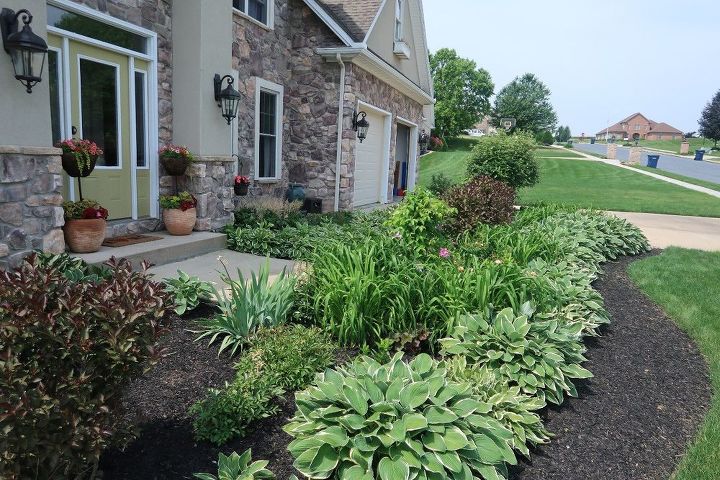
















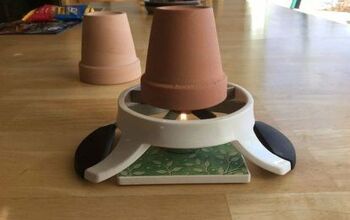
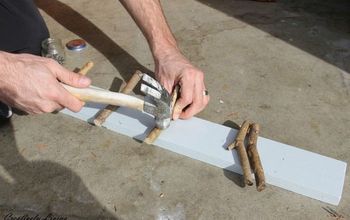



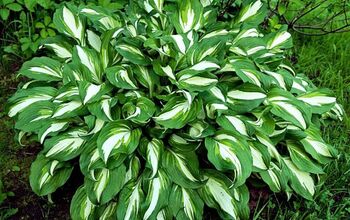
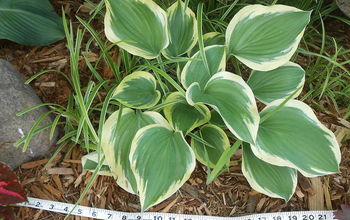
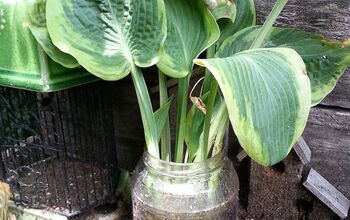
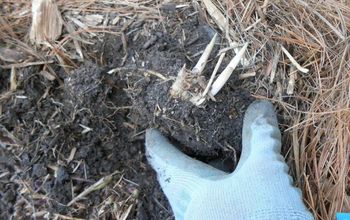

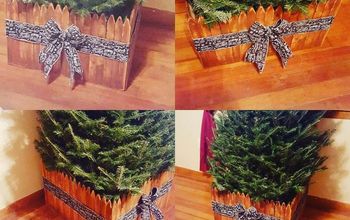

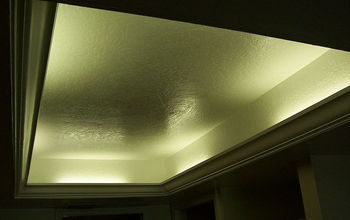

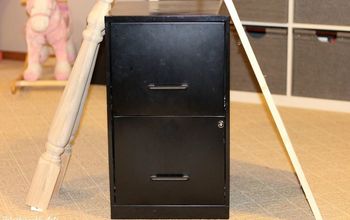

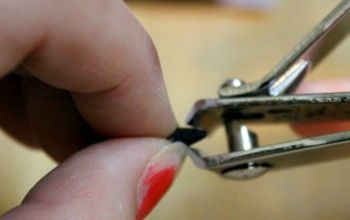

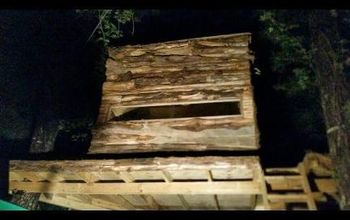
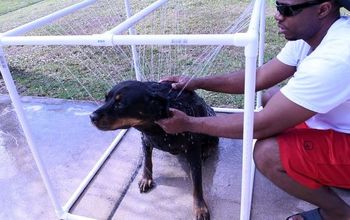
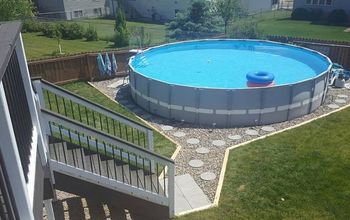
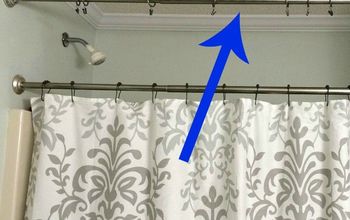

Frequently asked questions
Have a question about this project?
Can hostas be grown in pots?
Could I dig up half a hosta in the fall, grow the divided plants in containers over the winter, and replant the new hostas outside in the spring? Would partial sun/mostly shade be a good amount of sun for fragile new plants?
when is the best time to split my hosta?